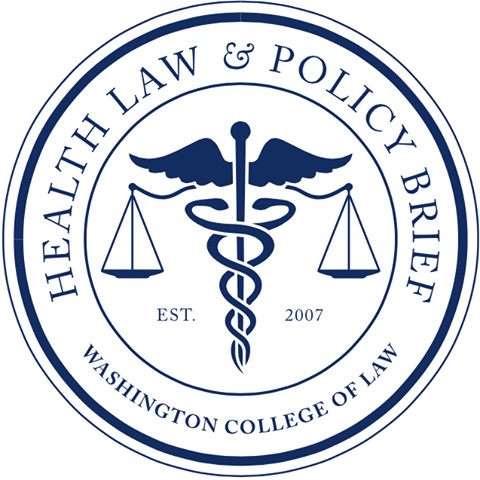According to the United States Department of Agriculture (USDA), more than 33 million Americans, including five million children, are considered food insecure. The United States Department of Health and Human Services (HHS) defines food insecurity as a household-level economic and social condition of limited or uncertain access to adequate food. While food insecurity does not necessarily cause hunger, hunger is a possible outcome of food insecurity. Adults who are food insecure may be at an increased risk for a variety of negative health outcomes and health disparities. For example, a study found that food-insecure adults may be at an increased risk for obesity. Another study found higher rates of chronic disease in low-income, food-insecure adults between the ages of 18 and 65. Food-insecure children may also be at an increased risk for a variety of negative health outcomes, including obesity. They also face a higher risk of developmental problems compared with food-secure children. In addition, reduced frequency, quality, variety, and quantity of consumed foods may have a negative effect on children’s mental health.
In an effort to address this issue, President Joe Biden hosted the White House Conference on Hunger, Nutrition, and Health and announced over $8 billion in hunger and nutrition commitments. It was only the second-ever conference of its kind and the first in over fifty years. The last time this conference took place was in 1969, under President Richard Nixon. The Nixon-era conference was a pivotal moment that led to the creation of the big programs underpinning the United States hunger response, such as food stamps and the Women, Infant, and Children program (WIC), which provides child nutrition assistance among other things. The Biden administration used this as an opportunity to lay out its plan to improve the nation’s health. This plan includes pushing for Congress to permanently extend the child tax credit, raise the minimum wage, and expand nutrition assistance programs to help reduce hunger rates. This ties to an ambitious goal the president set in May—ending hunger in the United States by 2030.
The $8 billion in commitments comes from some of the largest corporations in America’s private sector—Google, Tyson Foods, Walgreens—and includes $4 billion that will be dedicated by philanthropies that are focused on expanding access to healthy food. Additionally, there will be a focus on expanding nutrition research and encouraging the food industry to lower sodium and sugar. However, some of the most ambitious proposals require Congressional action. Thus, the partisan split threatens the president’s success.
Furthermore, the conference comes at a time of steep inflation and the end of pandemic benefits that staved off hunger rates. While the expanded child tax credit that was part of the American Rescue Plan of 2021succeeded in reducing poverty and hunger in the United States, Democrats were unable to make that measure permanent in the Inflation Reduction Act that they passed this year. Now, lines at food banks keep getting longer, food prices are rising at their fastest rate in four decades and fears of a recession that could result in higher unemployment rates are growing.
Unfortunately, while the Biden-Harris administration’s strategy includes many great ideas, it also seems to let the food industry off the hook and fails to adequately address the impact that racism, gender inequality, and the climate crisis on food insecurity. Though the conference served as a good first step toward future investments and policy changes around combatting food insecurity, there is still a long road ahead and the administration must do more to achieve its goal of ending hunger by 2030.
